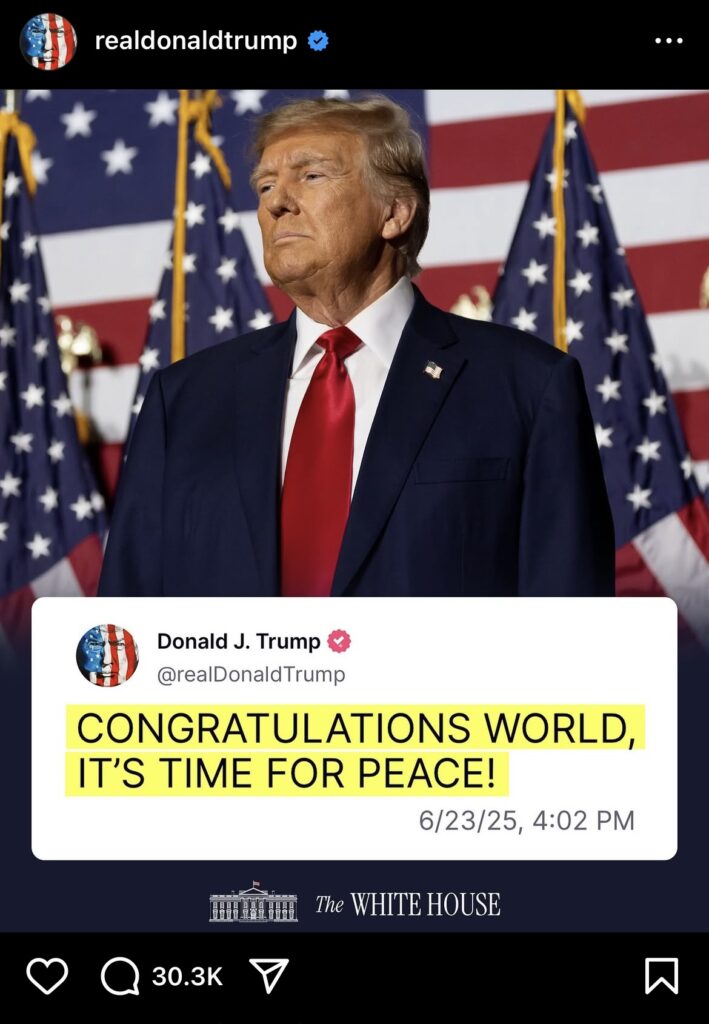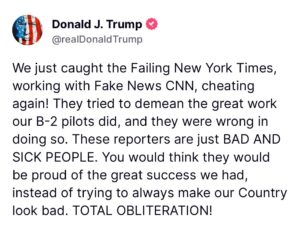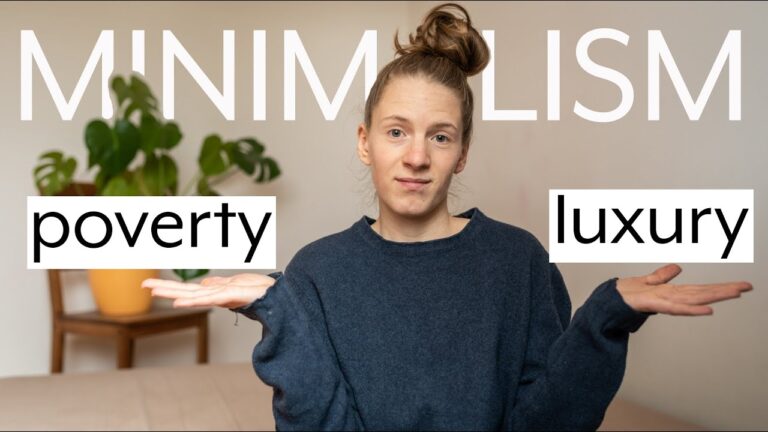
President Donald Trump has pushed presidential communication into a new territory: louder, faster, and more personal than ever. His messaging style— marked by rapid shifts, emotional outbursts, and a heavy dose of internet culture— dominates the news cycle and keeps the country guessing about official policy.
Trump Turns Personal, Stirs Chaos

Trump’s approach in 2025 is a continuation and intensification of his earlier methods. Major decisions, from tariffs to military action, are often announced first on social media, sometimes before his own staff is informed. His posts, frequently in ALL CAPS, sprinkled with a dash of slang and memes, blur the line between presidential announcement and personal branding.
Viral moments, like his Instagram reel set to “Daddy’s Home,” have shocked political observers and underscored just how much he leans into pop culture to craft his public persona.
What may sound like a joke or offhand comment can suddenly become interpreted as U.S. policy, leaving officials and the public scrambling to keep up.
Emotion Over Explanation

Trump’s messaging relies on strong, simple words like “huge,” “disaster,” “fake,” and “beautiful” to connect with supporters and stir up controversy. He repeats key phrases relentlessly, making them stick in the public mind regardless of accuracy. This emotional, direct style can make some Americans feel heard. However, critics argue that it spreads confusion and misinformation, especially when his statements contradict expert advice or established facts.
A recent example: Trump claimed to have “completely annihilated” three Iranian nuclear facilities, a statement widely disputed by analysts who suggest the true impact was far less dramatic. Such exaggerations are common, feeding into a cycle where supporters believe the bold claims while critics scramble to correct the record.
The “Firehose Effect”: Too Much, Too Fast
Analysts describe Trump’s communication as a “firehose of falsehood,” a relentless stream of statements, claims, and updates that overwhelm the public’s ability to verify or even process what’s true. The sheer volume and speed of his messaging make it nearly impossible for journalists, officials, or citizens to keep up, let alone fact-check in real time. This tactic ensures that Trump’s narrative dominates, even if it means that accuracy and consistency suffer.
Government and Public Scramble to Respond
Inside the White House and across federal agencies, staff are often left reacting to Trump’s latest post or comment rather than planning coordinated policy. Allies and rivals abroad are similarly confused, unsure which statements represent real policy and which are just bluster.
This pattern, known as oscillating messaging, means the administration’s position on key issues can swing dramatically, sometimes within hours. The result is a government and public always on edge, waiting for the next unpredictable shift.
Trump’s second term has further blurred the line between the presidency and his personal brand. Official government messaging now mirrors his online persona: impulsive, emotional, and tuned to the rhythms of digital culture. This shift raises questions about whether presidential communication should be so informal and centred on one individual.
The Big Question
Trump’s communication style in 2025 has redefined what it means to be president in the digital age. But as the spectacle continues, one question remains:
Can American leadership survive this level of unpredictability, or is this the new normal for presidential communication?
For more such articles, check out The World Times.



